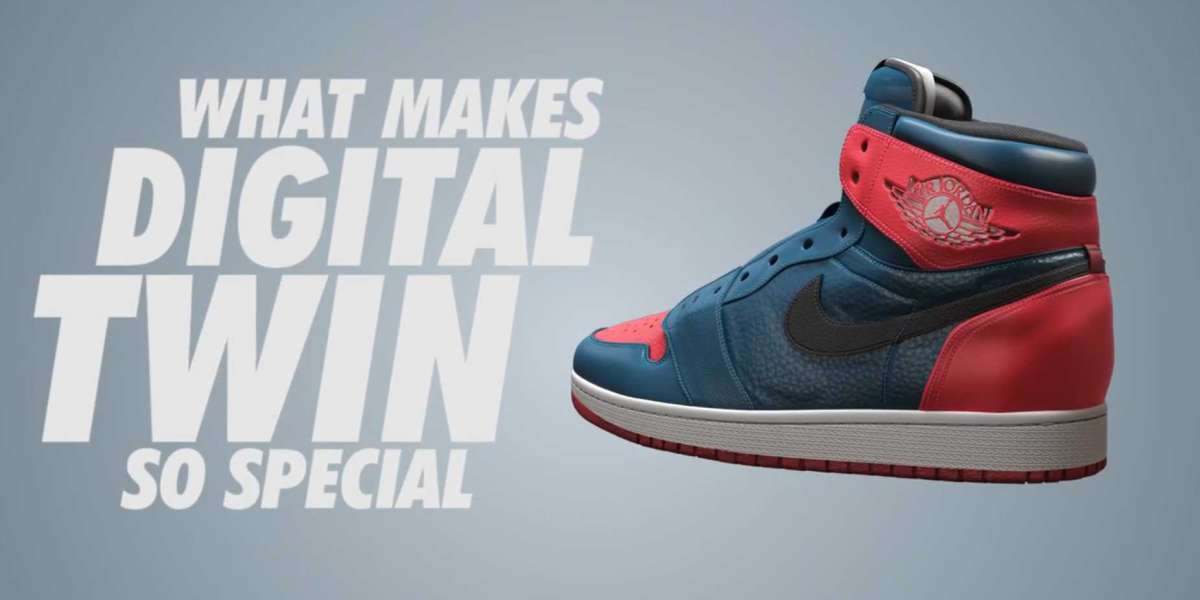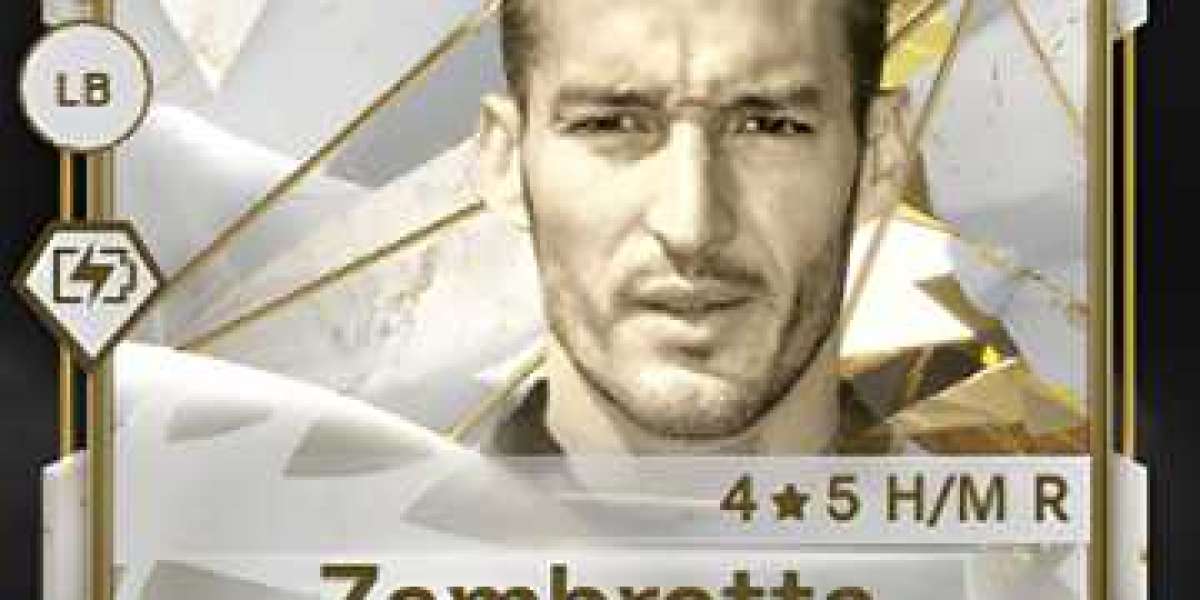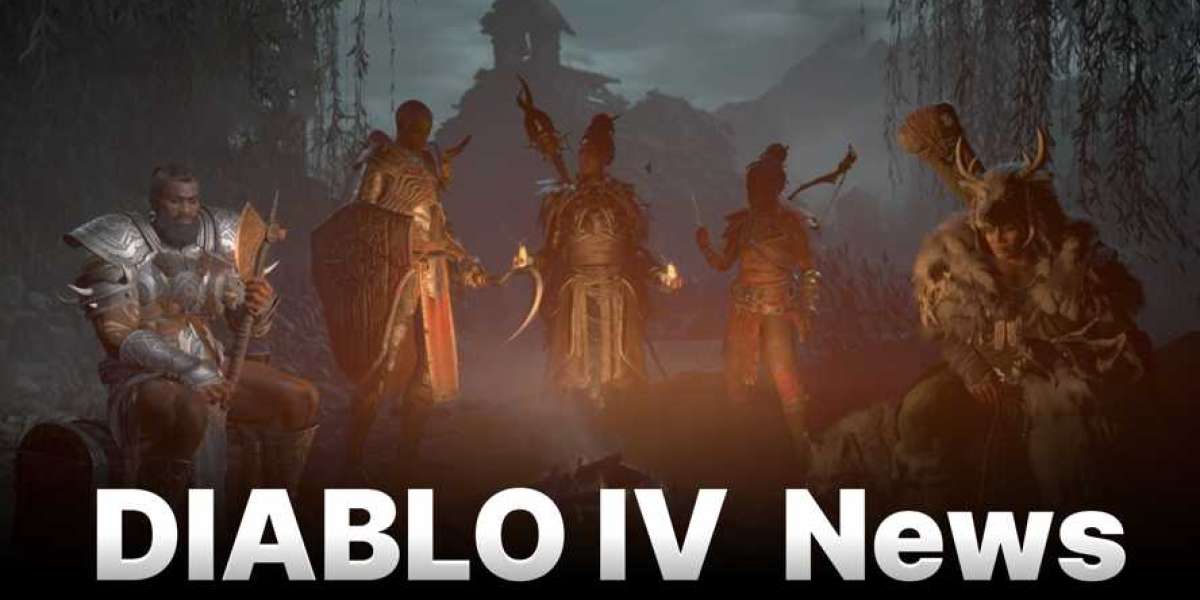Introduction:
In August 2014, the city of Ferguson, Missouri, became the epicenter of a turbulent and highly debated event known as the Ferguson unrest. It began with the tragic shooting of an unarmed African-American teenager named Michael Brown by a white police officer, Darren Wilson, and sparked a series of protests, demonstrations, and clashes between the residents of Ferguson and law enforcement. This event reignited conversations about police brutality, racial profiling, and systemic injustice in the United States, capturing the attention of the nation and leading to widespread calls for change.
Details of the Event:
The incident unfolded on August 9, 2014, when Officer Wilson encountered Michael Brown and his friend Dorian Johnson walking in the middle of a street in Ferguson. An altercation ensued, resulting in Officer Wilson firing multiple shots at Brown, fatally striking him. The incident quickly gained attention as eyewitnesses provided varying accounts of what transpired, with conflicting narratives about whether Brown posed a threat to the officer.
As news of the shooting spread, residents of Ferguson expressed outrage and grief, organizing spontaneous protests demanding justice for Brown. The initial reactions were met with a heavy police presence, equipped with riot gear and military-grade weapons, which only intensified the tension between law enforcement and protesters. The images and videos of protesters being met with tear gas, rubber bullets, and armored vehicles flooded the media, leading to nationwide scrutiny of the Ferguson Police Department's response.
Over the following days and weeks, the unrest in Ferguson continued to escalate. Demonstrations turned into violent clashes between protesters and law enforcement, with incidents of arson, looting, and vandalism further fueling the turmoil. The frustration and anger expressed by the residents of Ferguson resonated with communities across the country, and solidarity protests and vigils sprang up nationwide.
The event triggered a broader discussion on the issues of racial discrimination, police accountability, and criminal justice reform. It laid bare the deep-seated racial disparities and systemic injustices that often plagued marginalized communities, particularly the African-American population, fuelling a wave of activism that reverberates to this day.
Conclusion:
The Ferguson unrest of August 2014 marked a pivotal moment in American history, exposing the fractures within the criminal justice system and highlighting the urgent need for change. It united people from all walks of life, sparking conversations about racial inequality that led to ongoing movements seeking justice for victims of police brutality and demanding comprehensive reforms. The event continues to serve as a rallying cry for those advocating for a more equitable and just society.
Reprinted:The Ferguson unrest



